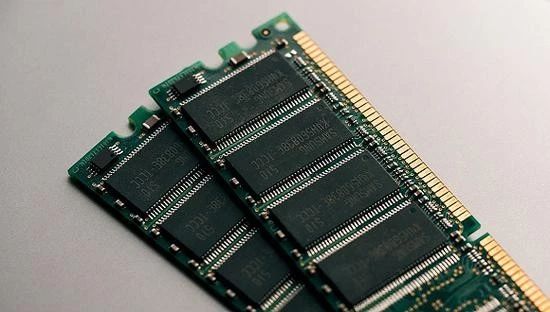The memory chips industry used to be trapped in oversupply and weak demand. Due to slump market performance in the first half of 2019 and the weak demand of PC market influenced by the shortage of Intel processor, the data center is in the empty window before the arrival of 5G. However, this trend has been reversed recently.

DRAMexchange which is tracing the sales of semiconductors points out that as two main types of memory chips, the spot price of DRAM has already increased by about 20% from the beginning of the July and that of NAND flash memory has increased by more than 10%. Due to unsound supplier strategy of original factory, the main chip manufacturers have controlled the shipment, which means that consumers around the world all face the problem that the prices of servers, smart phones, computers and other electronic products are rising.
Nowadays, both Toshiba and Western Digital are the key suppliers of NAND flash memory while Samsung and SKHynix are the core suppliers of NAND flash memory and DRAM. And, these suppliers are encountering the upstream production and supply challenges.
On June 15th, the power failure of Yokkaichi in Japan has affected the production of NAND flash factories in Western Digital and Toshiba memory company, which is expected to lead in the fact that the supply of NAND flash wafers of Western Digital reduces by 6EB.(1EB is equal to 1000000TB)
The trade dispute between Japan and South Korea has affected the supply of DRAM. In the beginning of July, the Japanese government suddenly announced stricter export controls on the three chemicals necessary for the production of memory chips and mobile phone displays. South Korea is home to Samsung and SK Hynix, the world's two largest memory chip manufacturers.
In the long-term, the trade dispute between Japan and South Korea has a far-reaching and direct significance. The products of Japanese restrictions on exports to South Korea include fluorinated polyimide used to make flexible screens for smart phones and photoresist and high-purity hydrogen fluoride used to etch circuits on silicon chips in semiconductor manufacturing. Among them, high-purity hydrogen fluoride is considered as the main chemical product affecting the production of memory chips, which are used to remove excess membrane after forming circuits on the semiconductor base material silicon wafers.
Global semiconductor companies today have a high dependence on Japanese companies' raw materials. According to the International Semiconductor Equipment and Materials Association (SEMI), in the global semiconductor materials market share of about 5.8 trillion yen, the Japanese company's share reached 50%. The materials used for high-performance semiconductors and high-margin tip materials exceed 80%. It is difficult for Korean companies to find alternatives, even if they try to find alternative sources, the quality and supply are hard to guarantee.
Owing to the trade dispute between Japan and South Korea, the price of memory chips has risen. Some analysts pointed out that because the price of memory chips has experienced a rapid decline for three consecutive quarters, the inventory of downstream factories is generally low. Therefore, some manufacturers use short-term market events to raise prices or indicate that production will stop.
However, some analysts point out that it is not entirely certain that the supply chain has been disrupted by trade friction between Japan and South Korea. South Korean companies, which have been stocking up in advance, are relying on inventories that are expected to last one to three months.
Lifubang, senior principal analyst at Gartner, points out that due to the current market sentiment of "fear, uncertainty and doubt (FUD)" in the spot memory chip market, the prices of memory chips have increased. DRAMeXchang also believes that the prices of DRAM/NAND flash memory have increased owing to the trade war between Japan and South Korea and the reduction of Toshiba's capacity, which are more inclined to short-term spot increase rather than real supply and demand change.
It's important to note that major semiconductor manufacturers purchase via medium - and long-term contracts and the spot market accounts for less than a tenth of the memory chip sector. So Gartner expects the rise in spot prices to be short-lived. Lifubang says that they do not expect the rise in spot prices to last very long and will have little impact on the current downward trend in the contract market. They think export licenses will be granted and the current FUD period will disappear.
For example, the current spot market accounts for less than 10% of the overall DRAM market and the supply and demand situation of medium and long-term industry still needs to pay attention to the contract market which accounts for more than 90%. TrendForce's analysis points out that if DRAM capacity is controlled by the three primary manufacturers, it will help improve supply and demand. But three original factories in the product profit is still high, therefore, there is no intention to reduce production.
According to the forecast report of the latest memory market from Gartner, both DRAM and NAND flash memory market are oversupplied. It is expected that the two markets will be under supplied in the fourth and second quarters of 2009 respectively.
If the trade dispute between Japan and South Korea has not been improved, the production number of DRAM and NAND flash memory will be affected after a quarter.